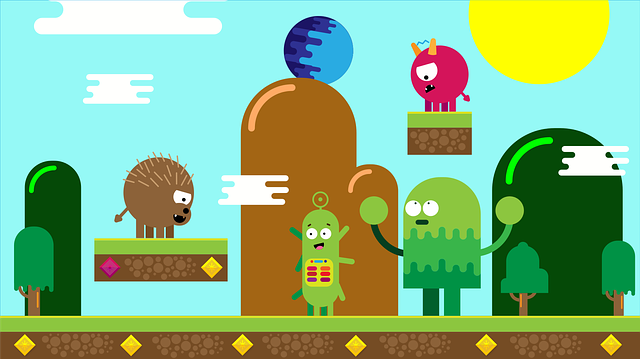Colors have a great influence on people’s state of mind. Meanwhile, there are even color therapies, also called chromotherapy, which use the positive effect of colors on body and mind, because colors trigger certain emotional reactions in us.
Red, for example, is a warm color that can stand for energy, love, self-confidence and passion. At the same time, it is also a warning color – just think of the stop sign. Red is to be enjoyed in moderation, as too much can make you restless and cause stress. It is similar with other colors. Blue, for example, is calming, but can also be cold and off-putting. And green represents harmony and security, but can also be associated with jealousy and fatigue.
This is why not only interior designers and advertising agencies pay special attention to the right choice of colors used. Game manufacturers also use the psychology of colors to create a certain mood or atmosphere.
Colors as a warning
For example, if a player sees red in a video game, it is usually associated with danger, explosions, fire, etc. In action games, red blood screens are often used to indicate injuries to the player. According to a study by the University of Rochester, the color red is said to increase the player’s pulse, respiration and blood pressure, and improve their ability to react. Once the danger is averted, the red color disappears and the player experiences a sense of relief.
Colors as signposts
In many open-world games, manufacturers also use glowing objects such as doors and chests to subtly show the player the way. Such cognitive processes run in our subconscious, which is why tricks of this kind ensure that the player feels like he or she is part of the virtual world.
Colors as a mood barometer
In the 2009 title The Saboteur, the developers used colors quite purposefully. The action takes place in France during the Second World War. The areas occupied by Nazis are kept in monochromatic black and white, with the Nazi insignia glowing in a bright red. This makes these regions seem cold, forbidding, oppressive and dangerous. As the game progresses, you gradually liberate these areas, after which the warm colors return. After all, the wider the color spectrum used, the more cheerful the game also appears. Just think of games like Super Mario, for example, which are primarily intended to appeal to a younger target group.28
Game developers often use the same tricks as film producers to create certain moods. If colors are used correctly, they can make the game experience even more intense and exciting.
For further information click the link below:
